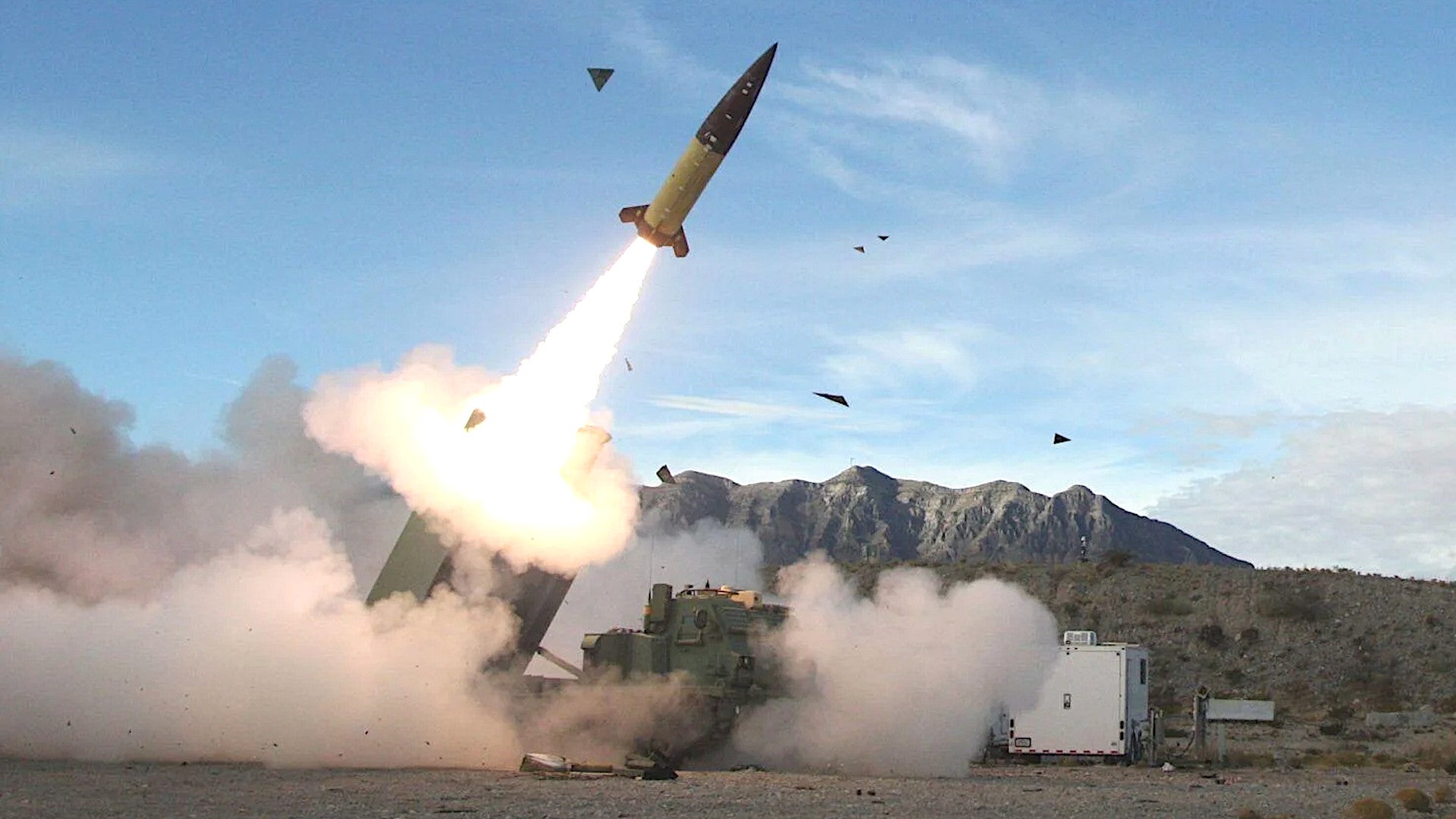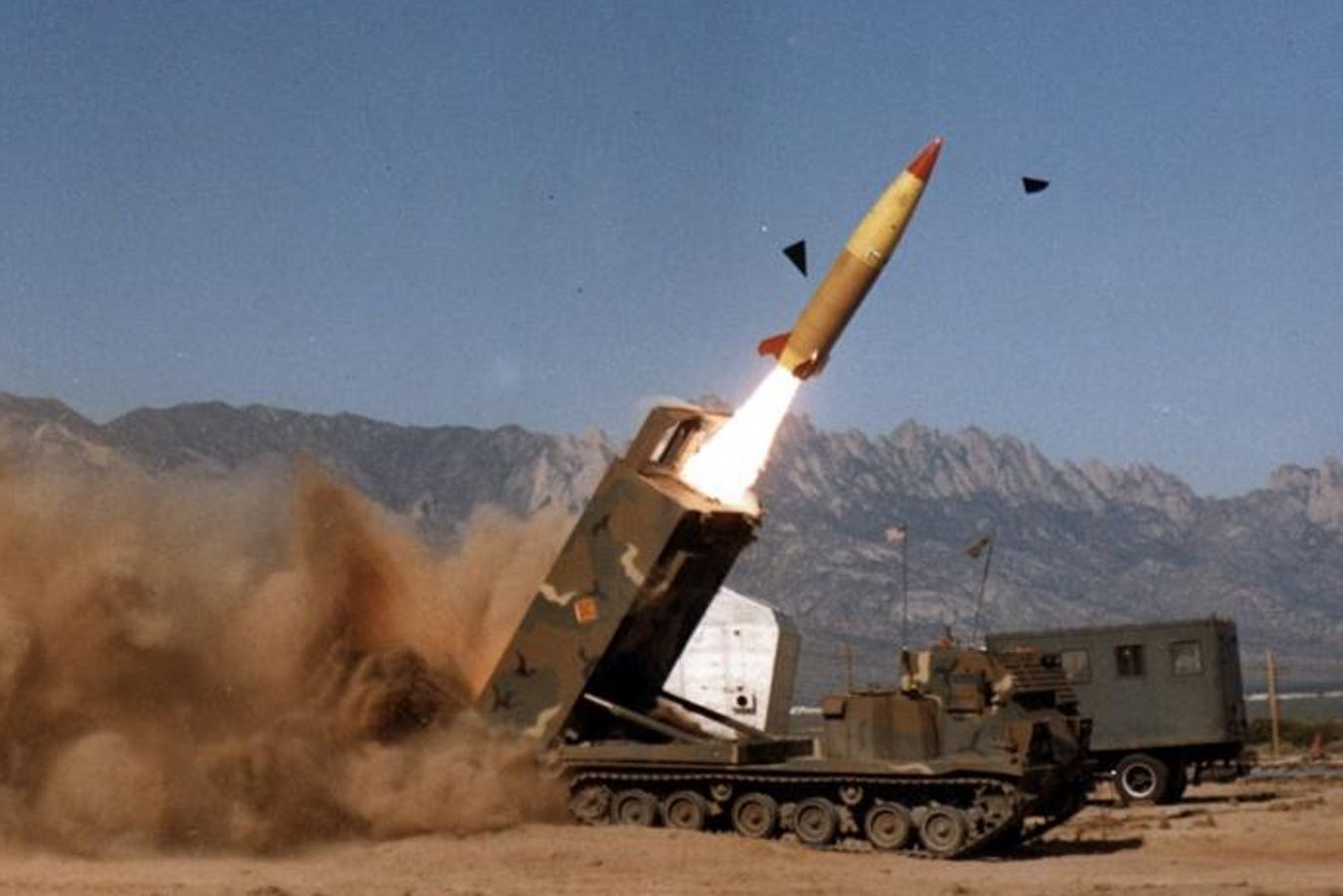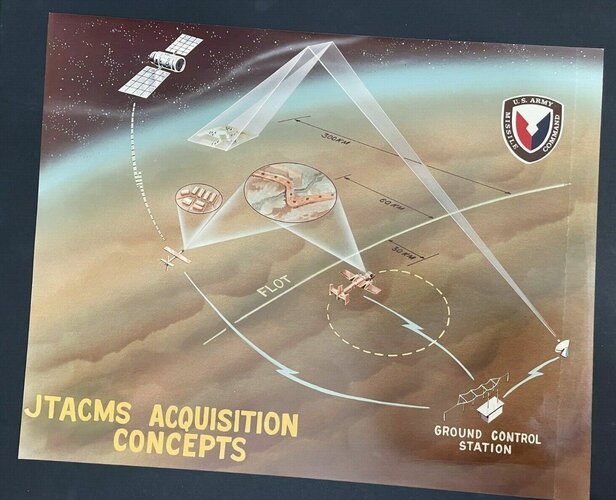Forest Green
ACCESS: Above Top Secret
- Joined
- 11 June 2019
- Messages
- 5,141
- Reaction score
- 6,794

Ukraine Situation Report: Signs Longer-Range ATACMS Will Be Sent Grow
ATACMS variants with greater reach would give Ukraine a weapon capable of putting nearly any Russian target in Ukrainian territory at risk.



